This image of Jupiter was taken by Voyage I.
Click on image for full size
Courtesy of NASA
Discover Jupiter
Jupiter is the biggest planet in our solar system! It's also very bright in the sky. We don't know who discovered it, but we do know the ancient Greeks named the planet after the god, Zeus.
The United States sent four spacecraft to visit Jupiter starting in 1979. Pioneer 10 and Pioneer 11 were the first two to go. Later, Voyagers I and II flew by the planet. Many of the pictures you see of Jupiter came from one of these spacecraft.
Jupiter's moons are interesting too! Galileo found Io, Europa, Ganymede and Callisto in 1610. Many others were found by the Voyager spacecraft. Scientists say there are still many more that we haven't found yet!
You might also be interested in:
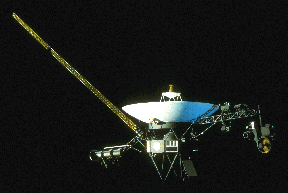
Unexpected discoveries made by the two Voyager spacecrafts during their visits to the four largest planets in our solar system have changed the field of space science. Voyager 2 was launched on Aug. 2
...more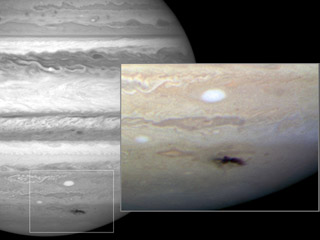
Anthony Wesley is an astronomer in Australia. One night in July 2009, Wesley noticed a dark spot on Jupiter that hadn't been there before. He had discovered the remains of a huge impact on Jupiter! A comet
...more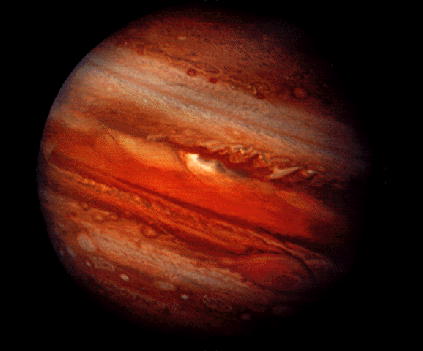
Jupiter is the biggest planet in our solar system! It's also very bright in the sky. We don't know who discovered it, but we do know the ancient Greeks named the planet after the god, Zeus. The United
...more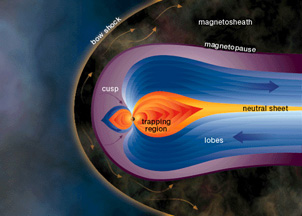
Jupiter's magnetosphere is very special. It is the biggest thing in the entire solar system. Not only is it big enough to hold all of Jupiter's moons, but the sun itself could fit inside. It goes all
...more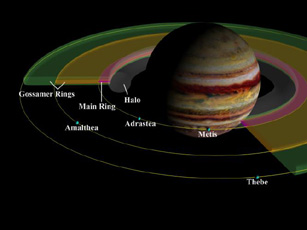
You may think Saturn is the only planet with rings. It is not! Jupiter has rings, too. They aren't as easy to see as Saturn's, but they are there! Saturns rings are made of ice and are very bright. Jupiter's
...more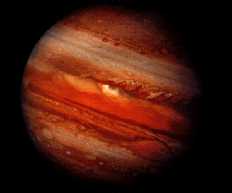
The giant planets have definitely changed since their formation. But how much remains to be seen. Most of the original air of the giant planets remains in place. (The earth-like planets lost most of their
...more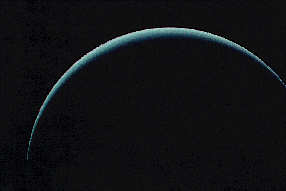
The mesosphere of Jupiter is a region of balance between warming and cooling. That essentially means that nothing happens there. Except for diffusion, the atmosphere is still. Upper reaches of the atmosphere,
...more














